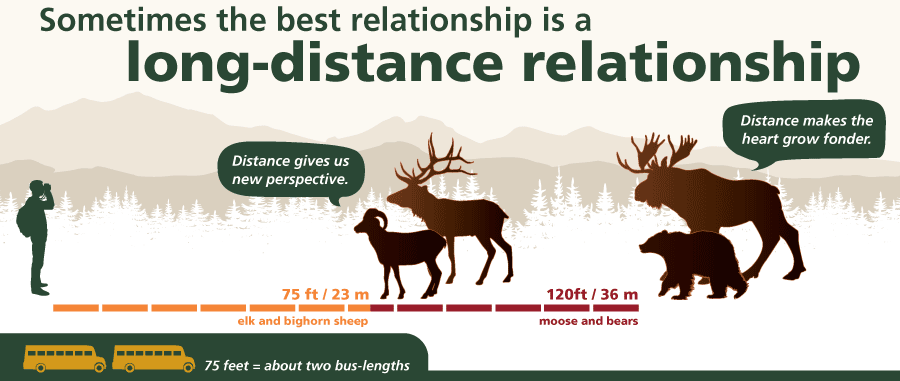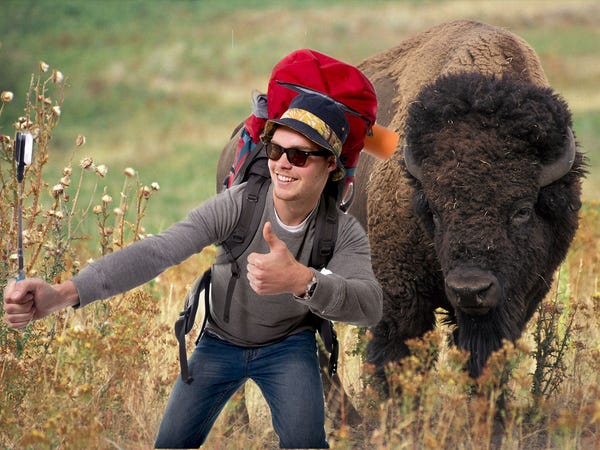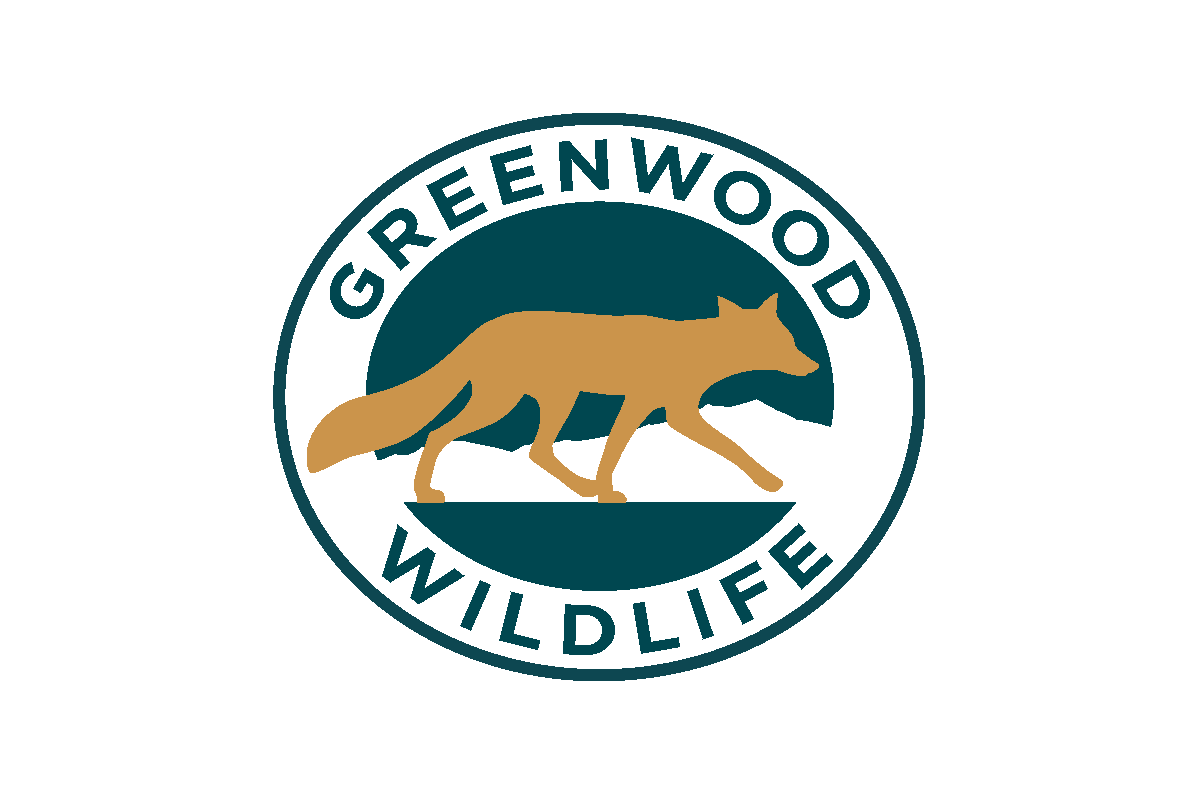
How close is too close when it comes to wildlife?
Have you ever come across wildlife and felt the need to get a closer look? Getting too close to an animal is extremely dangerous and can potentially lead to serious injuries. It’s important to keep wildlife wild, and observe from a distance. Below are some guidelines to follow in order to keep you, other people, and wildlife safe.
Rule of “thumb”

A good rule of “thumb” is to hold your arm straight and your thumb up when you see a wild animal in the distance. If you can’t cover the animal in your line of sight with your thumb, then it’s time to take some steps back because you’re too close.
Be cautious and responsible when it comes to storing food
It’s always important to put your food and trash in a sealed container where animals can’t smell it from a far distance or get their paws on it. To an animal, anything that smells like food is food.
- Use wildlife-resistant food storage such as a bear-proof container
- Dispose of your trash properly
- Clean up your area (Leave No Trace)
- Clean up any remaining crumbs
Don’t feed wildlife
When you feed wildlife such as the squirrels or ducks at your local park, it causes them to lose that natural fear they have of humans, ultimately leading to habituation. When an animal is habituated, it becomes too comfortable to humans. This can lead to aggressive behaviors. When animals get used to human food, they can potentially get very sick. Additionally, once you feed one animal, many will follow in search of a tasty snack that they smell nearby. As tempting as it is to feed that adorable squirrel, please resist the urge. It may seem like an act of kindness but it can actually be a disservice If you love wildlife, do not feed them.
Please remember to always treat any wildlife with respect. Wild animals aren’t pets and it’s important to not treat them as such. Sometimes the most beautiful things in life are to be viewed from a distance.


